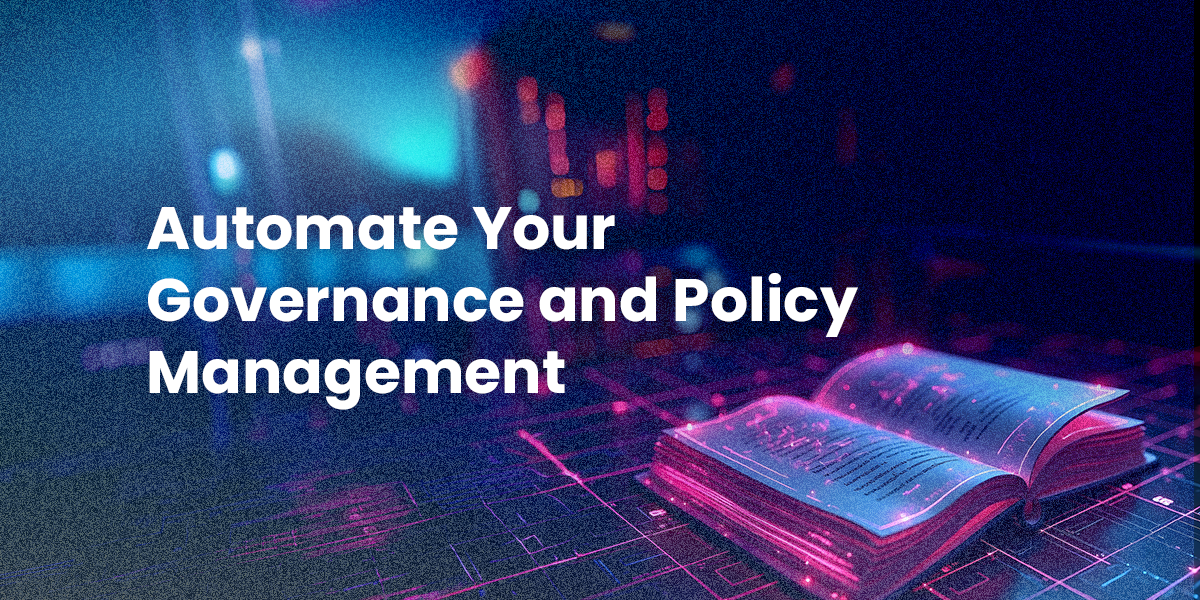In today’s modern software development landscape, where speed to production and innovation reign supreme, open source governance and policy management is more important than ever.
Open source software is no longer a novelty – It’s now core to how enterprises create new applications. Open source software is a powerful tool, but without proper oversight, vulnerable dependencies can slip into production, leading to costly penalties, security breaches, and a loss of customer trust.
Balancing the need for speed and innovation with robust governance can feel overwhelming, especially when relying on manual processes or fragmented tools. In this article, we’ll explore governance and policy management, and how ActiveState’s open source supply chain security platform can help centralize governance and policy management.
What do you have to lose? Why open source governance and policy management matters
To drive software innovation forward faster than ever before, enterprises are integrating an increasing amount of open source code into their applications.
It’s never been more important to ensure proper software governance. Trusting that the open source software your developers are sourcing and implementing to be both up to your own internal security standards and in-adherence to the policies of the open source provider is a big risk to take.
Undetected software vulnerabilities can sneak up on you and lead to expensive remediation efforts. Not only costing your team its precious budget, but also valuable dev hours that could have been spent on… pretty much anything else. You know, like chipping away at those high-priority story points in the sprint that ends in two days.
To top it off, external regulatory pressures and industry standards are more stringent than ever before. Non-compliance can lead to fines and a loss of credibility and trust among your customers and the wider industry.
The good news is that a proactive, rigorous and automated approach to governance and policy management can help combat these risks without slowing your team down.
Improve your open source compliance and governance and policy management with ActiveState
We recognize that manually keeping tabs on all your repos and projects across multiple disjointed tools can feel like an impossible task.
Which is why we built the ActiveState platform to ensure you’re always up-to-date on the current state of internal and external policy compliance across all the projects in your organization. Our curated open source catalog helps empower your developers to move fast, knowing they are working to your governance policies.
Benefits of ActiveState’s governance and policy management platform
Why invest in a software platform to help with open source software governance and policy management? Here are three good reasons.
Improve compliance
Compliance should be top of mind for any software-driven organization. ActiveState’s automation features help ensure compliance is not just an afterthought, but a continuous process.
By automating internal and external policy enforcement and monitoring for vulnerabilities, the platform reduces the risk of non-compliance that could lead to costly penalties or data breaches.
Operational efficiency
Let’s be honest, anything that your dev teams believe is going to slow down their ability to ship code is going to be a hard sell.
We believe the days of DevOps vs Security vs Dev teams are over. Reducing the number of tedious, error-prone manual tasks by automating policy enforcement is something that everyone can get on board with.
ActiveState helps streamline compliance workflows across teams, making it easier for everyone to work towards a common goal: innovative, fast, and safe development practices.
Enhanced security posture
Once a security issue becomes critical, pretty much everything else in progress grinds to a halt until it’s resolved. It’s an all-hands-on-deck situation. This is incredibly disruptive to DevSecOps teams and leadership, making it difficult to confidently predict teams’ velocity and ability to meet deadlines.
ActiveState provides much-needed visibility into the entire software supply chain. Plus, not only does the platform help to identify and prioritize security issues, it also remediates issues in the background.
Features to help lock down your open source software governance
So, how do we do it? Our comprehensive platform uses a combination of features to help you dial in your compliance efforts, including:
Centralize governance and policy enforcement
It can get increasingly difficult to keep the guard rails on compliance as you integrate more open source code, making continuous monitoring of your software essential to ensure every update and new project complies with the governance policies established by your organization. Without it, policy violations can sneak their way into shipped code, putting you and your customers at risk.
With ActiveState, you can easily define and enforce policies across your organization, preventing the use of unapproved software packages and maintaining compliance at every stage.
Access on-demand, up-to-date compliance reports
Verifying and reporting on open source compliance across your projects can be tedious and time-consuming.
With ActiveState, you’ll always have access to real-time reports for every project in your organization, including license compliance, adherence to your internal policies, and vulnerability details, with just a few clicks. Let the platform handle compliance reporting, saving you time and eliminating the hassle.
Mitigate risk while your sleep
Preventing vulnerable dependencies in new code is incredibly important, but what does that mean for existing applications?
ActiveState’s platform automates the entire open source security lifecycle: detect, prioritize, and remediate. Our risk management features automatically detect and remediate vulnerable dependencies by monitoring your entire software supply chain for risks. Your devs can sleep at night knowing potential vulnerabilities will be caught and remediations will be deployed.
Conclusion
A strong open source governance strategy is the golden ticket to improving compliance, reducing business risk, and supporting fast-paced development.
ActiveState’s platform streamlines open source governance for enterprises with continuous monitoring, streamlined policy enforcement, automated remediation, and real-time reporting, helping your team stay secure and productive.
Discover how ActiveState can transform your approach to governance. Learn more about governance or book a demo to experience the platform firsthand.







